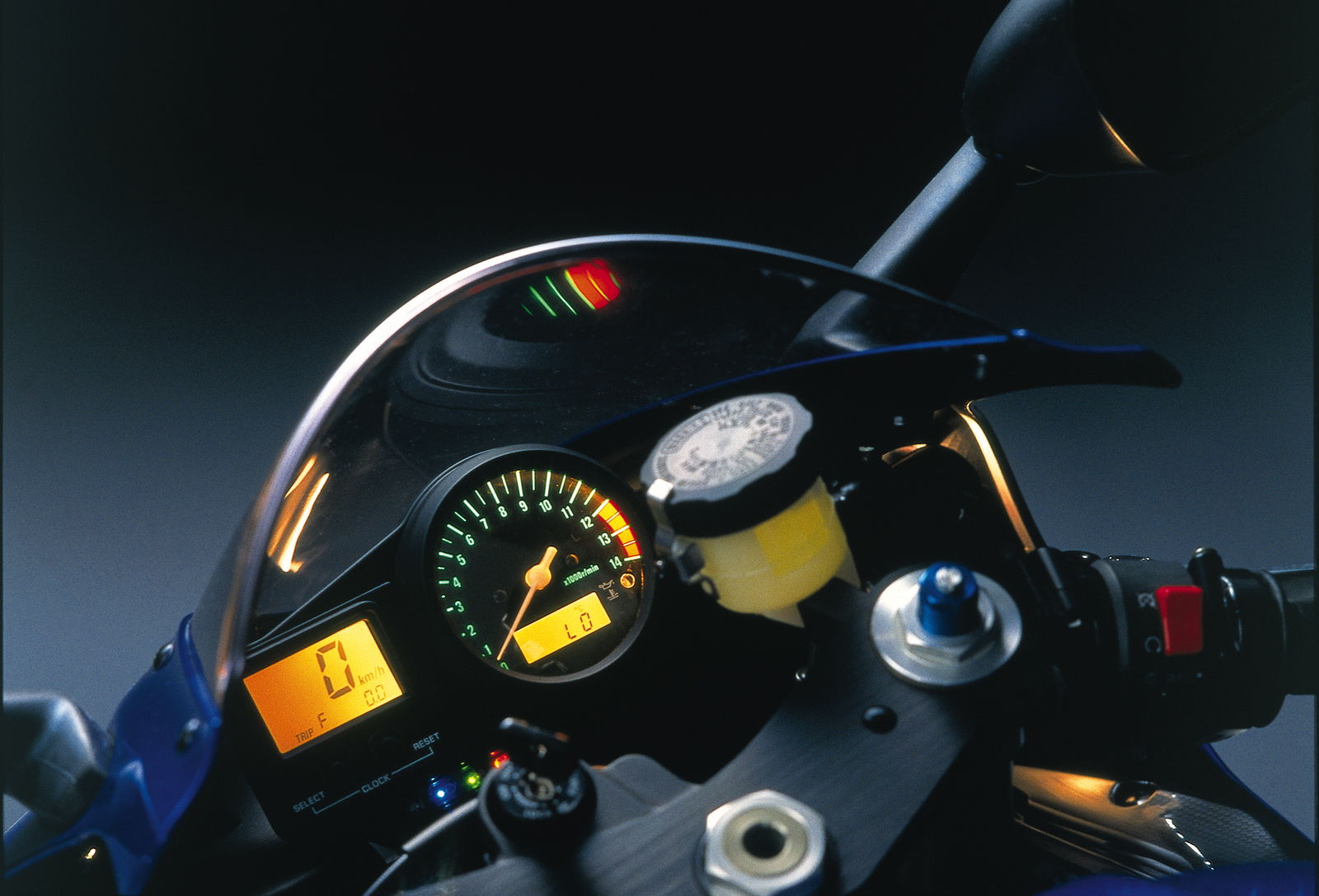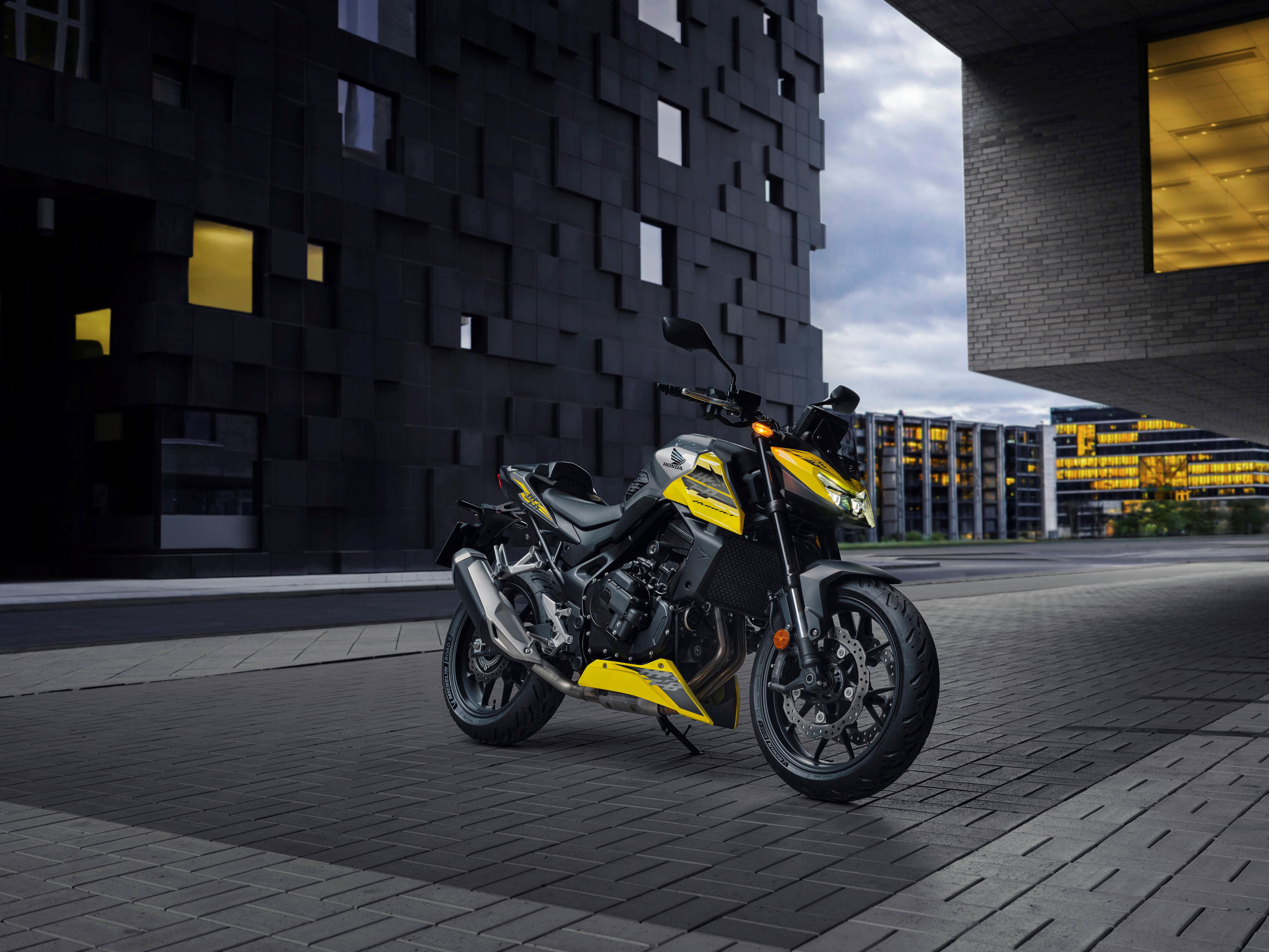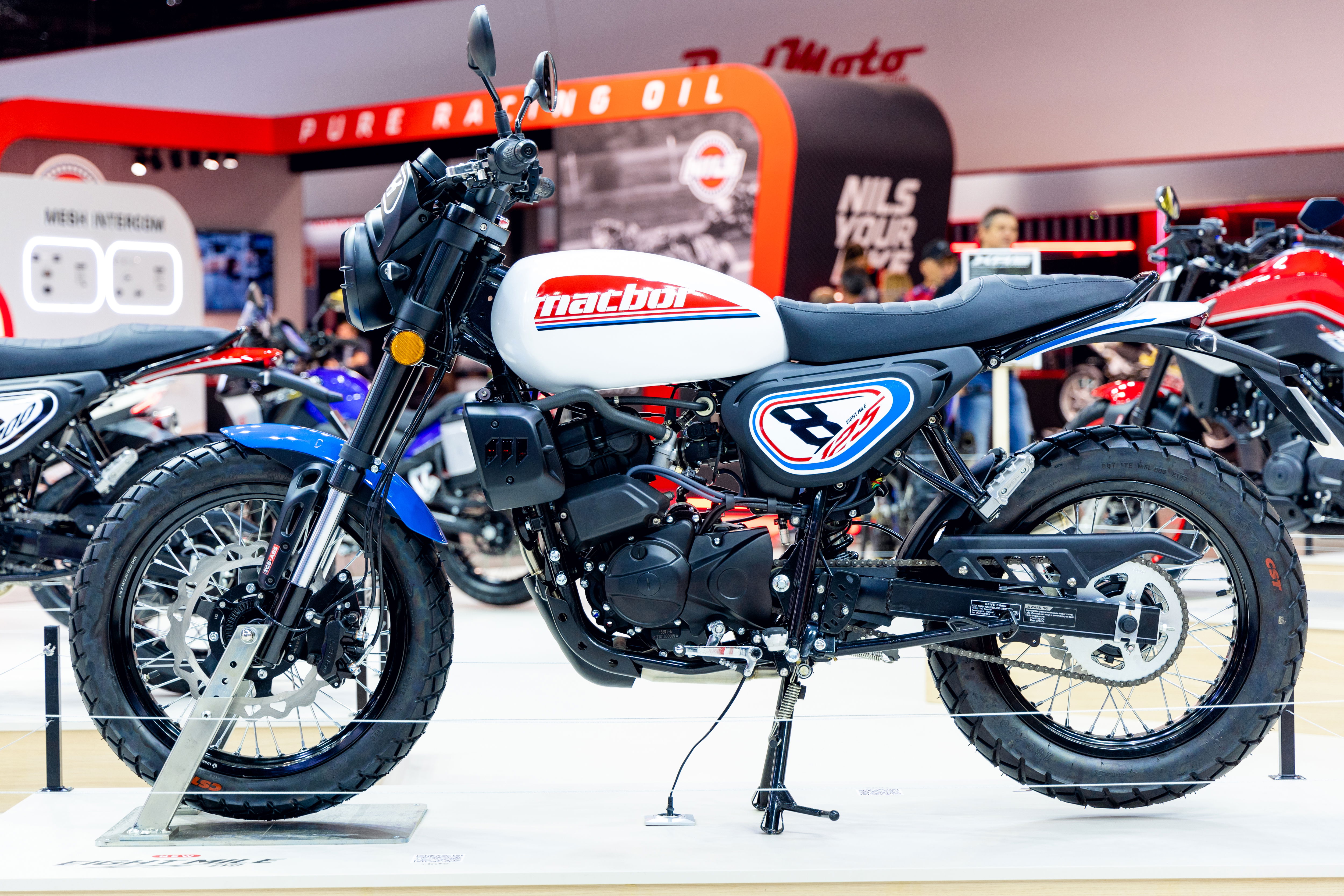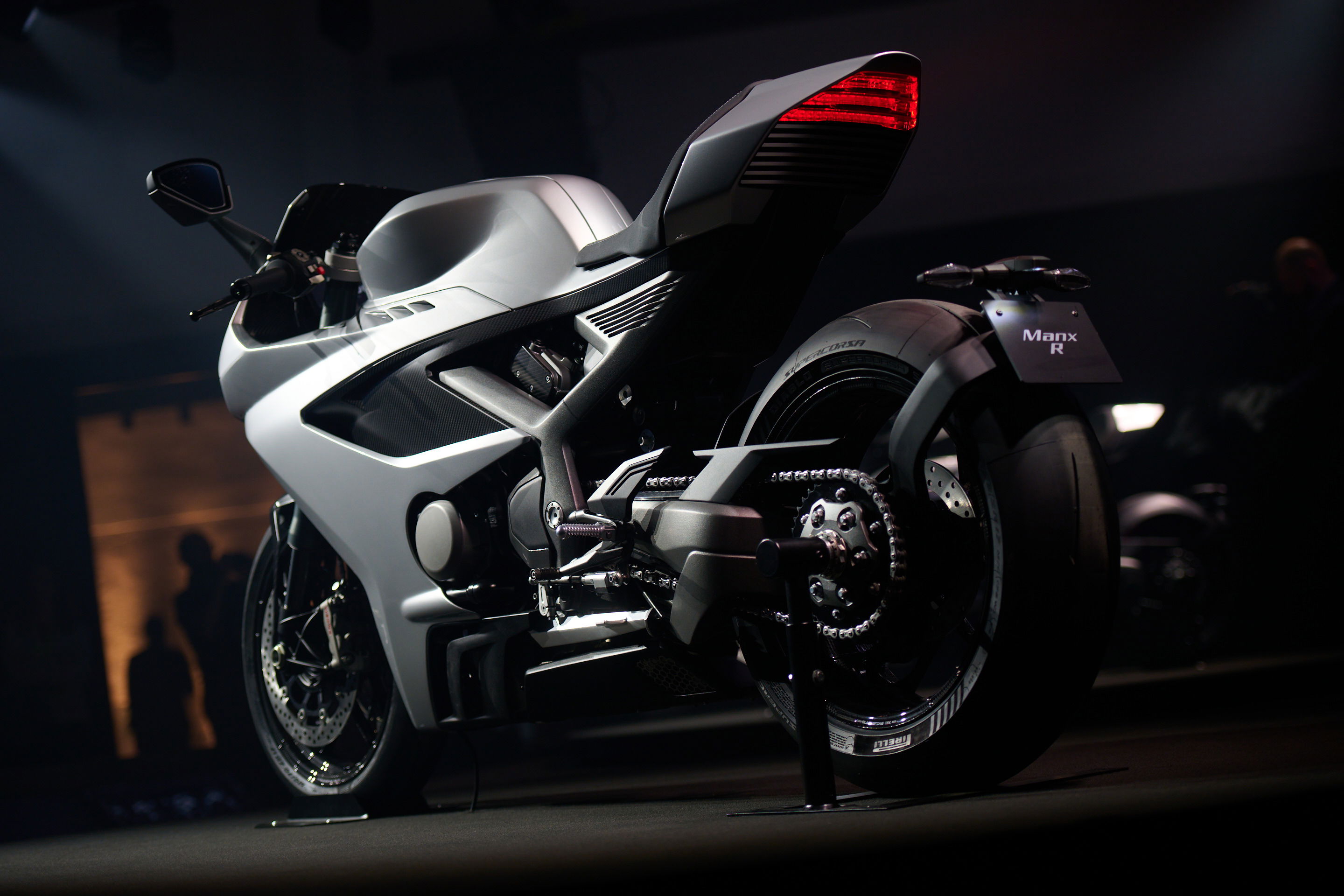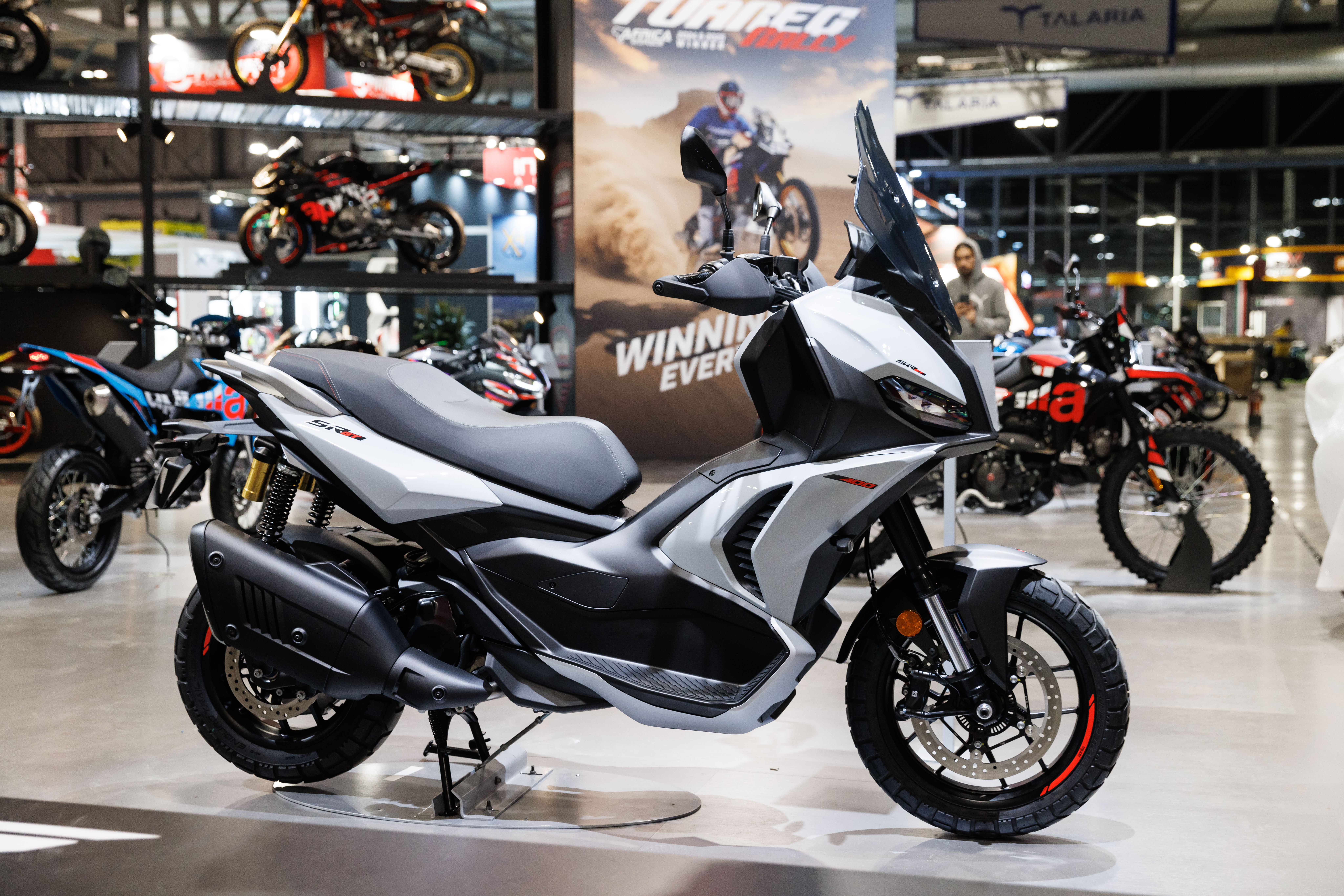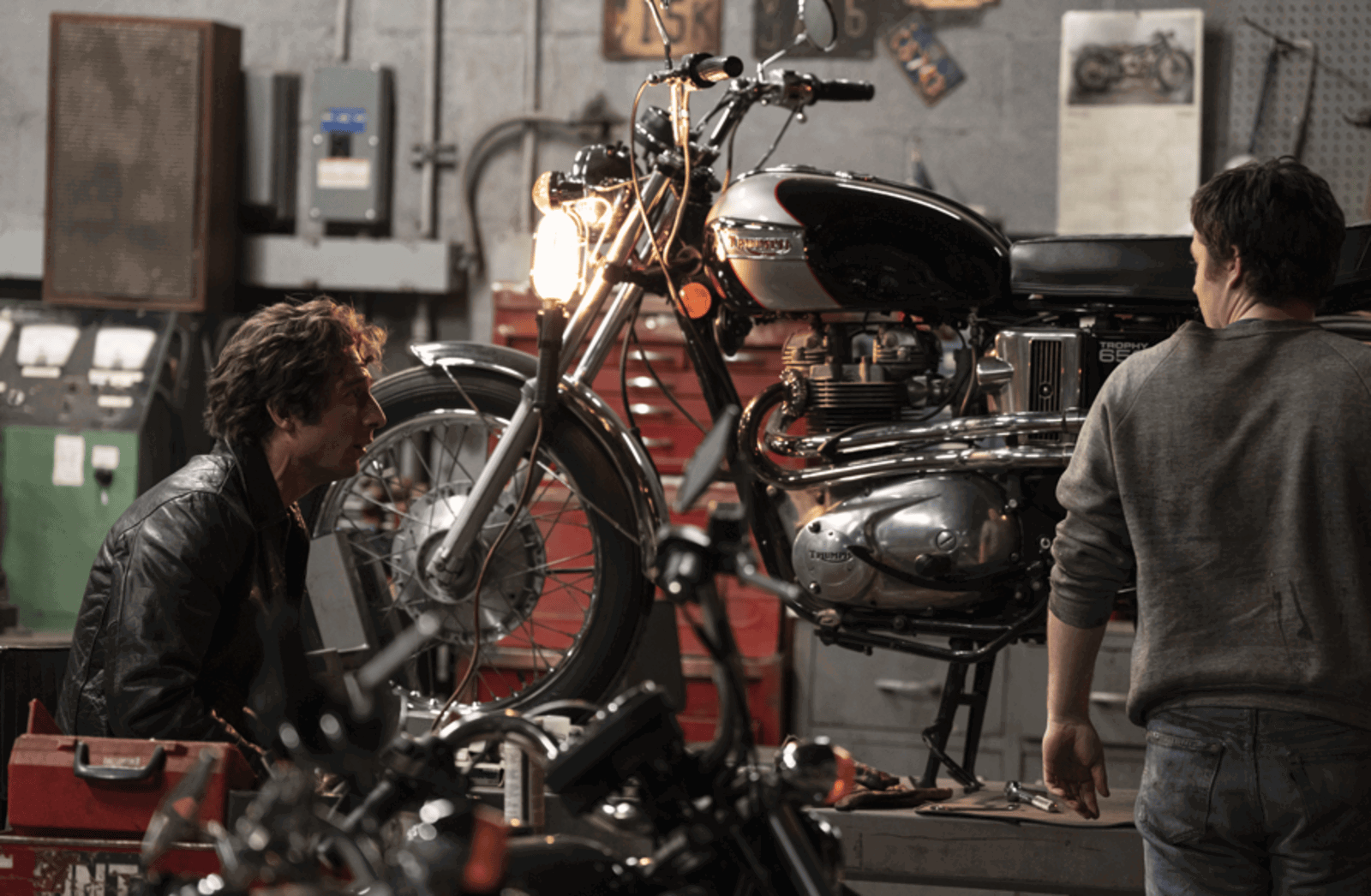Tubed vs tubeless tyres: Which is best?
Confused about which sort of tyre you should be using? Allow us to explain everything.

The world of motorcycle tyres can feel pretty byzantine: the more in-depth you look into it, the more depth you uncover.
But before you get into the really complicated stuff of compounds, tread pattern, bias-ply vs radial, and on and on, you have to make a basic decision: tubed or tubeless?
The difference between these types of tyres is self-explanatory: a tubed tyre has an inner tube, like on your bicycle, whereas a tubeless tyre does not, like on your car.
As with the question of spoked vs alloy rims, the answer to which type of tyre is best depends largely on the type of riding you’re doing and where you’re doing it.
Tubed tyres: benefits and drawbacks
Many decades ago, tubed tyres were a biker’s only choice. These days, they are most commonly seen on off-road bikes and classically styled motorcycles.
There’s not really a good reason for the latter, outside of aesthetics. Many retro bikes have spoked wheels and it is generally - but certainly not always the case - that spoked wheels require tubed tyres. The construction of most spoked wheels doesn’t allow them to form an airtight seal, as exists on alloy wheels, so an inner tube is necessary.
.jpg?width=1600)
For people riding off-road, a tubed tyre can offer a handful of benefits. For example, you can reduce the pressure in your tyres, which increases traction off road, improves ride quality by absorbing bumps, and decreases the risk of puncture.
You couldn’t do this with a tubeless tyre. Decreased pressure would put you at risk of breaking the tyre’s airtight seal with the rim. Similarly, a tubed tyre can be used with rims that are damaged or have imperfections.
Secondly, although risk of puncture may be reduced by decreasing tyre pressure, it’s not eliminated. Inner tubes are cheaper to patch or replace than a full-on tyre, and they are easier to inflate when out in the middle of nowhere. This is why world-travelling bikers also often choose tubed tyres.
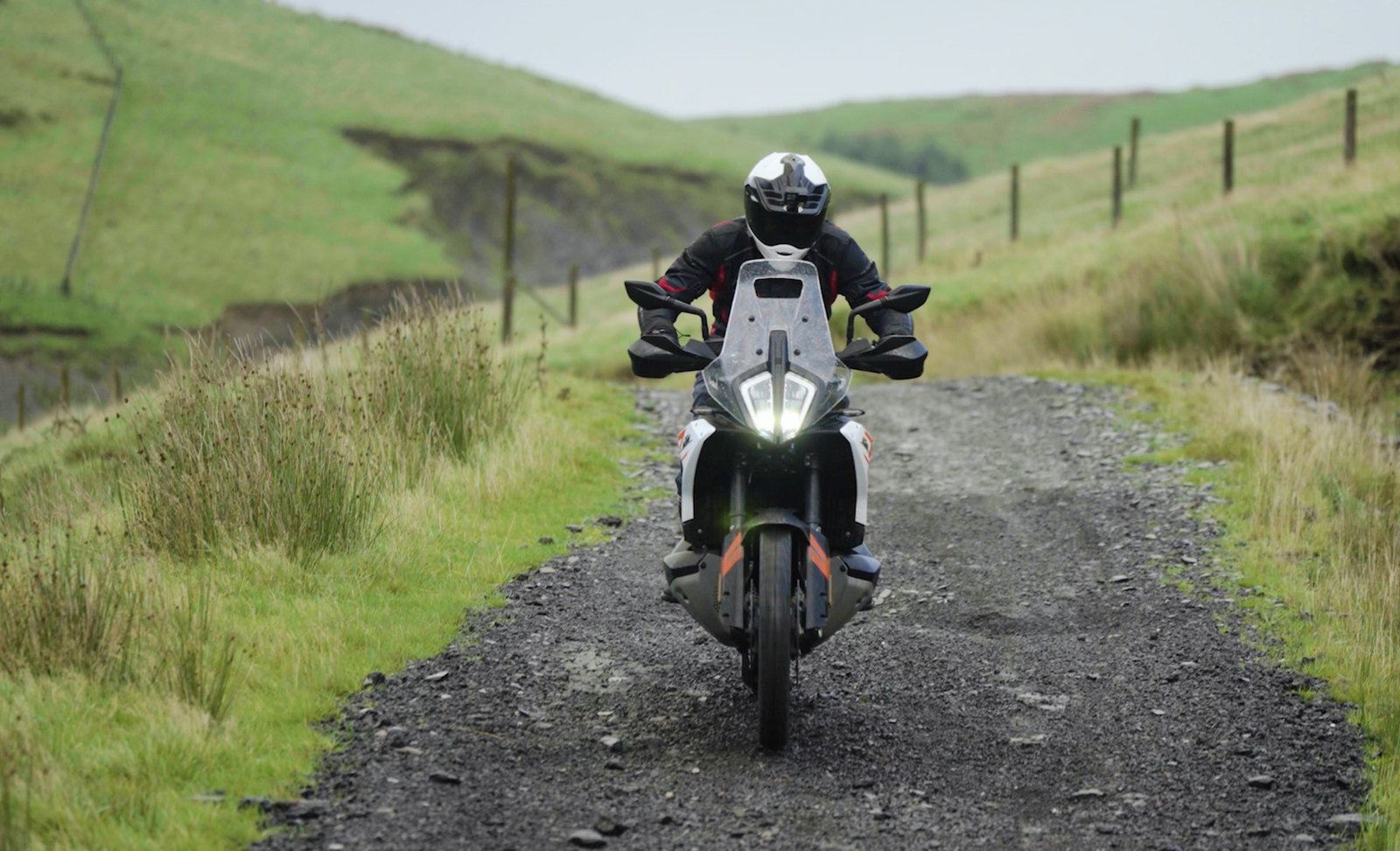
Speaking of punctures, one of the drawbacks to a tubed tyre is that air is much less likely to leak out slowly, as it might with a tubeless tyre. This is the sort of thing that becomes VERY relevant if you ride over a nail at 80 mph.
Similarly, tubed tyres are more susceptible to blowout - especially in high-heat situations. This is one of several reasons why you won’t see tubed tyres on racing bikes.
That’s not to say, however, that tyres with inner tubes are death traps. Especially in the modern era. If you ride at normal speeds (or even somewhat enthusiastic speeds) and replace your tubes regularly - ie, when you replace your tyres - there’s nowt to worry about.
.jpg?width=1600)
Lastly, and your personal opinion may differ on this one, but, if I’m riding somewhere that ISN’T the middle of nowhere, I find that dealing with punctures on a tubed tyre is far more of a pain than with tubeless.
To deal with a puncture on a tubed tyre, you generally need to:
- Remove the wheel
- Lever the tyre halfway off (or all the way off if you’re a perfectionist)
- Pull the tube from the tyre
- Patch or replace the tube
- Put the tube back into the tyre without any kinks
- Inflate the tube
- Lever the tyre fully back onto the wheel
- Put the wheel back onto the bike
So, you need loads of time, working space, and tools.
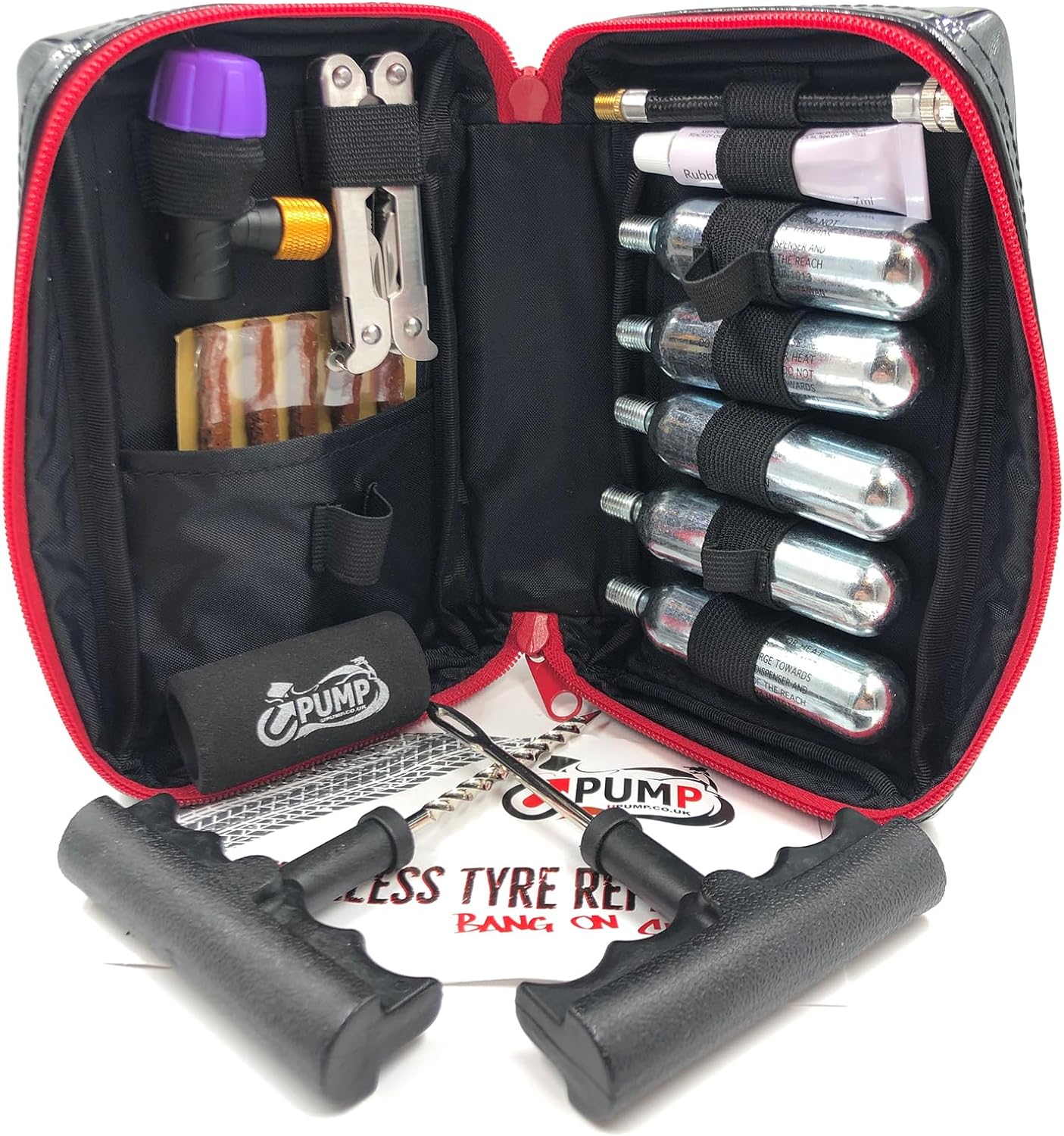
Whereas with a tubeless tyre you need to:
- Plug the tyre using the tools in the small tyre repair kit that you SHOULD be carrying under your seat (They’re cheap. Go buy one now if you haven’t already.)
- Partially inflate the tyre, using the CO2 cartridge in the kit
- Ride to the nearest petrol station to properly inflate your tyre
Tubed tyres: benefits and drawbacks
The above flat-fixing scenario speaks to one of the many advantages of using a tubed tyre. The choice of road and track riders, the benefits of a tubeless tyre are largely the opposite of a tubed tyre's drawbacks.
They’re more tolerant of high-heat situations; they’re usually more puncture-resistant, and punctures (generally) deflate slower; they’re arguably more stable in on-road situations; and - especially when paired with alloy wheels - they’re lighter and can tolerate a greater load.
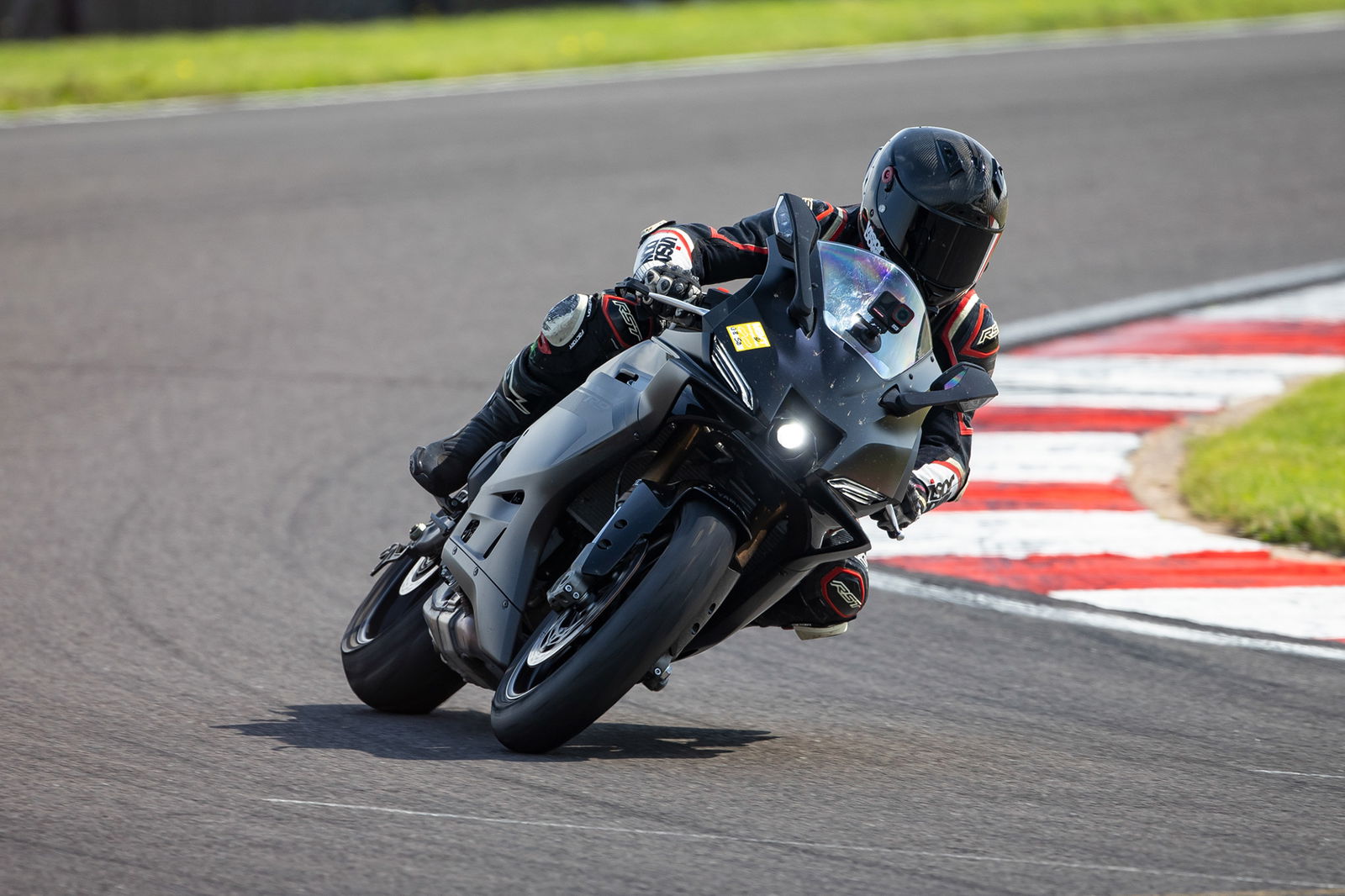
The drawbacks, meanwhile, are basically the opposite of a tubed tyre’s strengths. If a tubeless tyre is relatively new and its puncture very small, you may be able to get it repaired to an MOT-passing standard. But more often than not, getting a puncture means having to buy an all-new tyre. The plugs in those small repair kits are safe for 100 miles or so, but they are not intended to be long-term solutions.
Tubeless tyres won’t tolerate rim imperfections, and riding very long at the wrong tyre pressure is generally a bad idea (unless you are cautiously riding to the petrol station to use its air compressor).
One last thing
In case you’re wondering, yes, you can put a tube in a tubeless tyre. And you can put a tubeless tyre on a tubed wheel. The latter is trickier than the other but possible.
Whether you should do any of this is a different matter. Most tyre experts will just sort of scrunch up their face if you ask them, but largely it depends on the specific tyre and the specific wheel. A number of manufacturers make tyres that can be run either tubed or tubeless.
For more articles on the how and why of motorcycling check out our Workshop pages.
